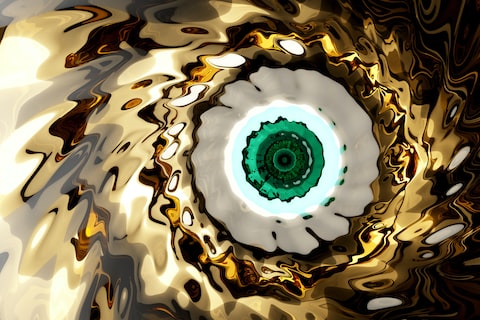Gaming has come a long way from its humble beginnings, with visuals evolving from simple pixels to breathtaking realism. The journey of graphics in gaming is a fascinating one, showing the incredible advancements in technology and the impact they have on the overall gaming experience.
In the early days of gaming, graphics were limited by the constraints of technology. Games featured pixelated characters and basic backgrounds, yet they still managed to captivate the imagination of players. These simple visuals allowed players to fill in the gaps with their own imagination, creating a unique connection to the game.
As technology progressed, so did the graphics in gaming. Developers began experimenting with different techniques to improve the visual aesthetics of games. The introduction of sprites and 2D graphics brought a new level of detail and immersion to gaming experiences. Players could now see characters and objects with more depth and clarity.
The next major milestone in graphics evolution came with the introduction of 3D graphics. This breakthrough allowed for a more realistic representation of the game world. Characters and environments became more lifelike, creating a sense of presence and immersion like never before. Games such as Doom and Quake pushed the boundaries of what was possible with 3D graphics, setting a new standard for visual fidelity in gaming.
With the advent of powerful gaming consoles and high-end PCs, the realism in graphics reached new heights. Photorealistic graphics became achievable, bringing games to life in unprecedented ways. Games like The Last of Us and Red Dead Redemption 2 showcased the potential of modern graphics technology, blurring the line between gaming and reality.
The evolution of graphics in gaming has not only enhanced the visual appeal but also the storytelling capabilities of games. Realistic graphics allow developers to create immersive worlds that draw players into their narratives. Characters become more expressive, environments more detailed, and emotions more palpable.
In conclusion, the journey from pixels to realism in gaming graphics is a testament to the incredible advancements in technology. As games continue to evolve, we can only imagine what the future holds for graphics in gaming. One thing is for certain – the visual aesthetics will continue to play a vital role in creating unforgettable gaming experiences.

